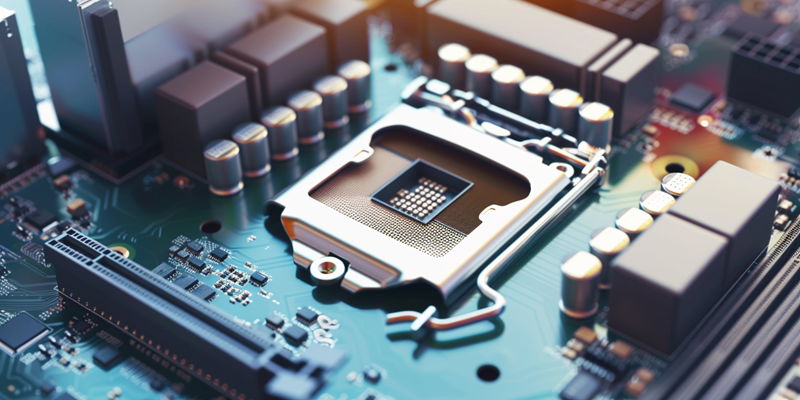In a significant departure from its traditional manufacturing strategy, Intel has announced it will leverage the advanced 3nm process of its longtime rival, TSMC, for its upcoming Lunar Lake and Arrow Lake processors. This move marks a pivotal moment for Intel, which has historically relied on in-house chip production but is now turning to external fabrication to maintain a competitive edge in the CPU market.
Intel’s Next-Gen Architectures
Intel’s forthcoming Lunar Lake mobile architecture is set to employ TSMC’s cutting-edge 3nm process for its compute tile. This collaboration is part of Intel’s broader strategy to harness external technology to boost its product performance. While the specifics of the Arrow Lake architecture’s use of TSMC’s process remain unclear, it is speculated that it may follow a similar approach due to architectural parallels with Lunar Lake.
TSMC’s Role in Intel’s Strategy
TSMC, renowned as a leading semiconductor foundry, has taken center stage in this collaboration by initiating production of 3nm chips for Intel’s new platforms. This partnership is significant, as TSMC has primarily focused on fabricating chips for Apple’s A17 Pro, M3, and M4 processors. Intel’s reliance on TSMC’s manufacturing prowess underscores the company’s strategic pivot toward collaboration in a bid to leverage the best available technology.
Comparison and Speculation
While it is confirmed that Lunar Lake’s compute tile will use TSMC’s 3nm process, there is still much speculation surrounding Arrow Lake’s architecture. There is a possibility that TSMC will manage the GPU tile for Arrow Lake, while Intel’s 20A process might be employed for the compute tile in certain versions. This combination of internal and external manufacturing processes could represent a hybrid strategy aimed at maximizing performance and efficiency.
Manufacturing Strategy and Design Changes
Intel is executing substantial alterations in its tile layout to stay competitive in the evolving market. Unlike its predecessor Meteor Lake, which featured a four-tile structure, Lunar Lake will boast a streamlined two-tile design. The compute tile is set to integrate key components such as the CPU, GPU, and NPU. For Arrow Lake, intended for desktop applications, there is potential for Intel to revert to a more complex tile configuration, possibly incorporating four tiles.
Intel’s Future Plans and Launch Schedule
In a notable shift from its longstanding manufacturing strategy, Intel has officially revealed plans to utilize the advanced 3nm process technology from TSMC, a company that has been its rival for years. This strategic move will be implemented for Intel’s forthcoming Lunar Lake and Arrow Lake processors. Historically, Intel has always relied on its own facilities for chip production. However, by outsourcing the manufacturing to TSMC, Intel aims to stay competitive within the highly dynamic CPU market. This partnership underscores how seriously Intel is taking the evolving challenges in semiconductor technology, as it endeavors to meet increasing demands for more powerful and efficient processors. Leveraging TSMC’s cutting-edge fabrication capabilities allows Intel to focus on innovation and design while ensuring that its new chips are manufactured using the finest technology available. This strategy could potentially herald a new era for Intel, as it adapts to an ever-changing industry landscape and seeks to maintain its leadership position amid intense global competition.

